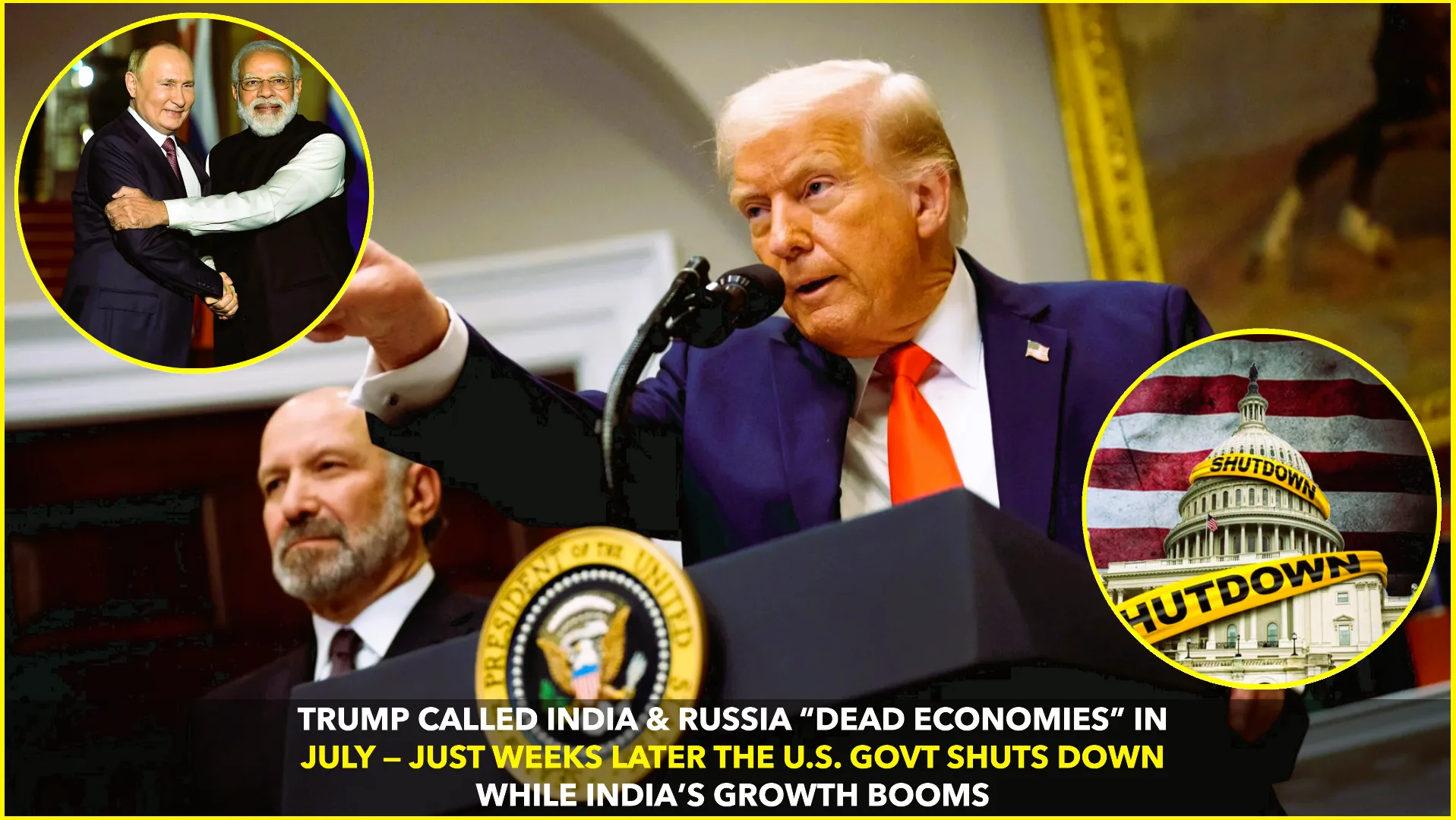On October 1, 2025, the United States will implement a new $250 visa integrity fee for travelers from countries not part of the Visa Waiver Program, specifically targeting visitors from India, Brazil, Mexico, China, and several others.
This additional charge, colloquially criticized as a new “tourist tax,” is layered atop existing visa fees—pushing the total cost for a typical B-1/B-2 visa from roughly $185 to about $442, positioning it among the highest visitor visa fees globally ReutersBusiness TodayIndiatimesOne Mile at a Time.
What is this fee for?
The $250 charge is designed as a refundable “deposit” meant to discourage visa violations. Travelers may be eligible for reimbursement only if they fully comply with their visa conditions, such as not working illegally and departing before expiry. However, the refund process remains vague, especially for visas that can last up to ten years. Critics argue that refunds may never materialize in practice, turning the fee into a de facto surcharge Aviation A2ZThe Washington PostCondé Nast Traveler.
Industry Reaction & Travel Impact
The tourism sector is already under pressure. In July 2025, international arrivals dipped 3.1% year-over-year, marking the fifth consecutive monthly decline. Visitor spending is projected to fall to $169 billion, down from $181 billion in 2024 ReutersThe Economic TimesThe Washington Post.
Travel professionals warn that the new fee could further deter visitors from key growth markets like India, Brazil, and Mexico—countries that had shown rising travel figures earlier in the year. For instance, arrivals from Mexico were up nearly 14%, Argentina 20%, and Brazil around 4.6% by May 2025. Meanwhile, travel from India slid 2.4% year-to-date, driven in part by student visa declines, and from China remained 53% below pre-pandemic levels.
Gabe Rizzi, president of travel firm Altour, warned, “Any friction we add to the traveler experience is going to cut travel volumes by some amount”. Critics—especially the U.S. Travel Association—have branded the fee a “junk fee that would make Ticketmaster blush”, arguing it collects revenue at the expense of hospitality and small businesses The Washington PostCondé Nast Traveler.
Policy Context & Broader Moves
The fee is part of the “One Big Beautiful Bill Act”, signed into law in July 2025 under President Trump’s administration. The legislation mandates a range of new visa-related fees and rules that cannot be waived, including potential bonds of up to $15,000 for some tourist or business visa applicants under a pilot program IndiatimesReutersThe Washington Post.
The law also allows the fee to be adjusted annually for inflation and applies to several nonimmigrant categories such as F (students), M, H-1B workers, and J-exchange visitors. Only diplomatic visa categories (A and G) are exempt.
Supporters argue the fee will improve visa oversight and discourage overstays, while detractors warn of economic damage, especially with major events on the horizon—like the 2026 FIFA World Cup and 2028 Los Angeles Olympics The Washington PostReutersCondé Nast Traveler.
Global Fallout & Reciprocity Risks
There are growing concerns that other nations may respond with similar charges—potentially forcing U.S. travelers to pay extra abroad. Agencies fear these added barriers could hinder cross-border mobility and worsen diplomatic relations Business TodayReuters.
Final Takeaway
Starting October 1, 2025, travelers from India, Brazil, Mexico, China, and other non-visa waiver countries will face a steep new fee. While framed as a refundable compliance deposit, questions remain on how refunds will be processed. Given already dipping arrivals and visitor spending, the policy risks deepening the decline in U.S. tourism—even from countries that had shown strong growth earlier this year.










